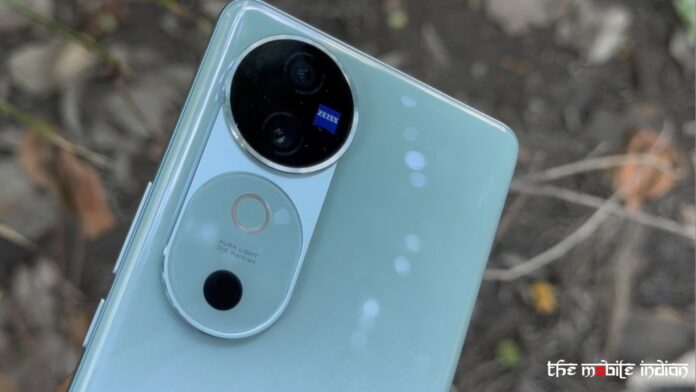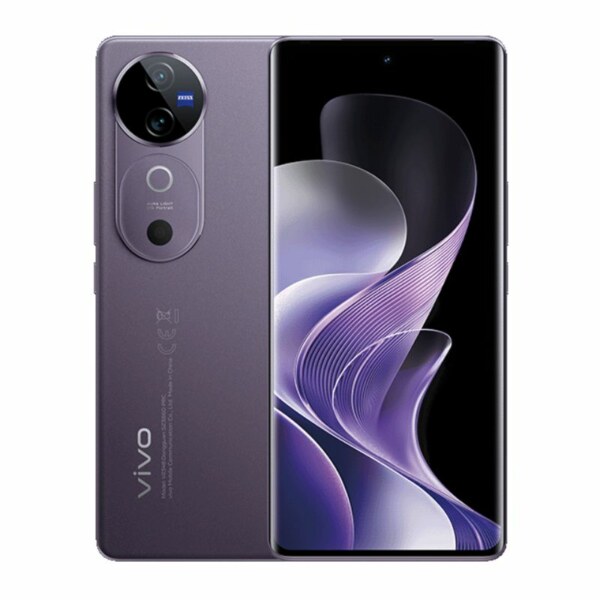The Vivo V40 has been launched in India and with a focus on cameras, the handset has Sensors with Zeiss tuning. Talking of specs, the Vivo V40 5G packs a dual camera setup on the back, consisting of an OIS-assisted 50-megapixel f/1.88 primary camera, and a 50-megapixel f/2.0 ultra-wide lens. There’s a 50-megapixel selfie camera with f/2.0 aperture. As a camera-centric smartphone, we rigorously tested the sensors on the Vivo V40 and here’s a detailed review of their performance.
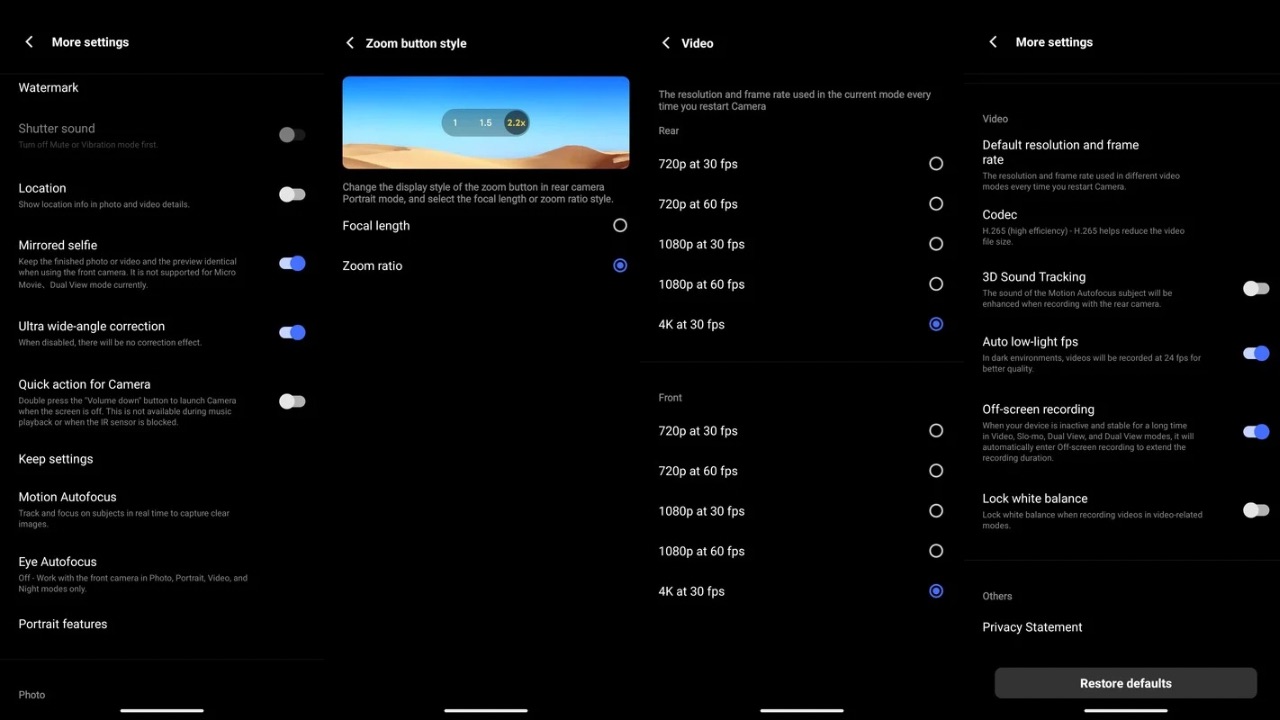
The Vivo V40 packs a good amount of camera features, which those who are into photography would admire a lot. On the hardware level, there’s the aura light on the back that can be used as fill light in portraits. Because it supports dual temperature, you can even change it to a warmer tone or a cooler one. There’s also an option to change its brightness.
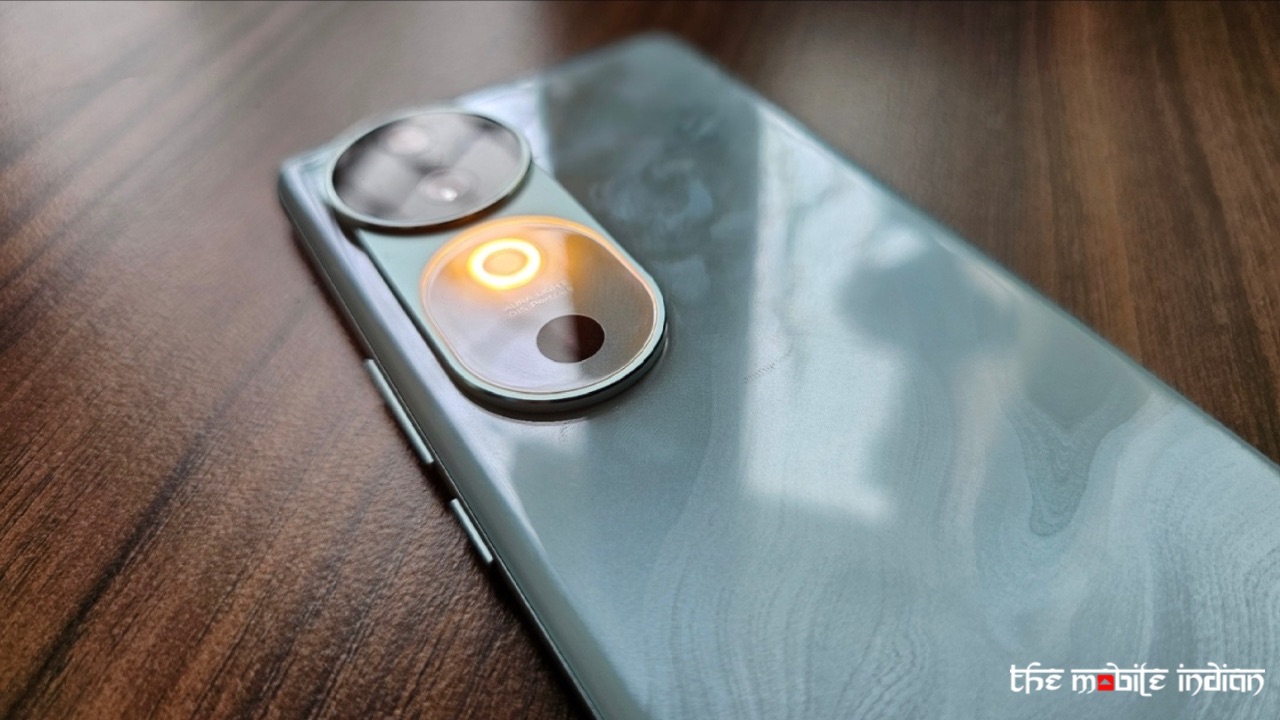
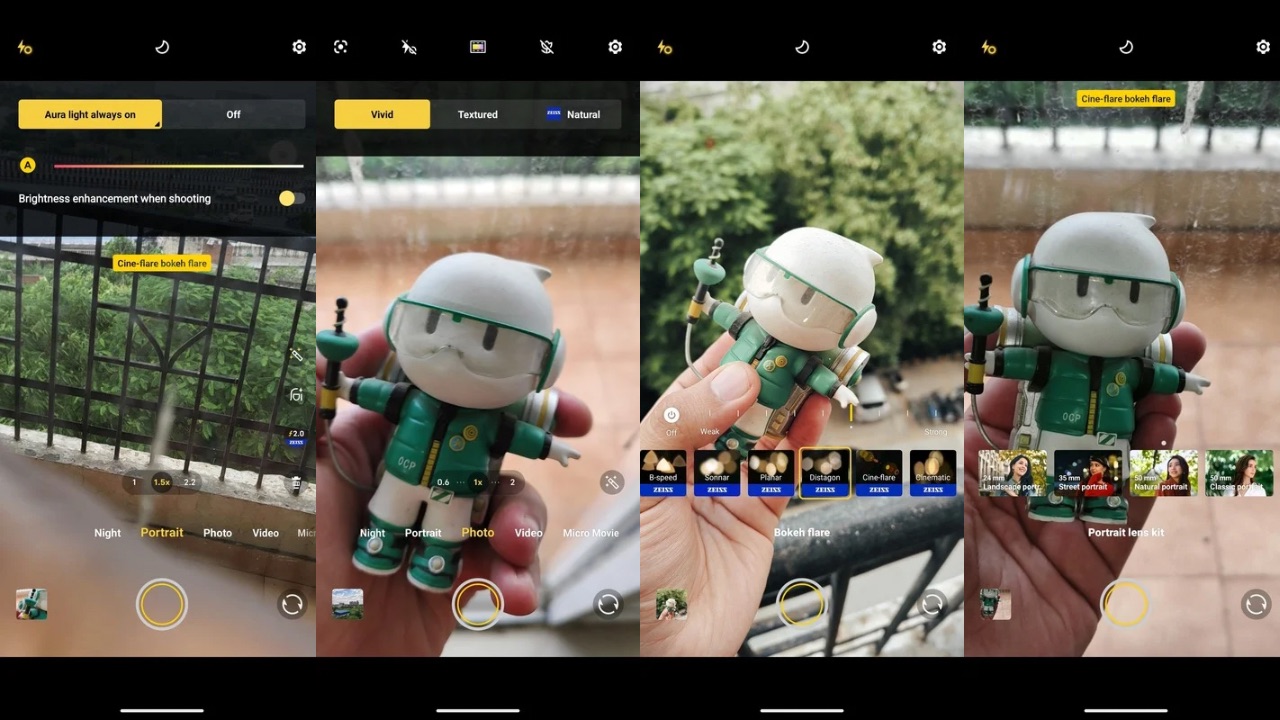
On the software level, Vivo offers features like various types of bokeh effects you can use. Next, you can change the focal length to four types in Portrait mode which are attributed to various styles, such as 24mm landscape portrait, 50mm natural portrait, and more. Each one of them has a different colour tone, accounting for a different look in every style. The device can shoot videos in up to 4K resolution at 30 FPS from both front and rear cameras.
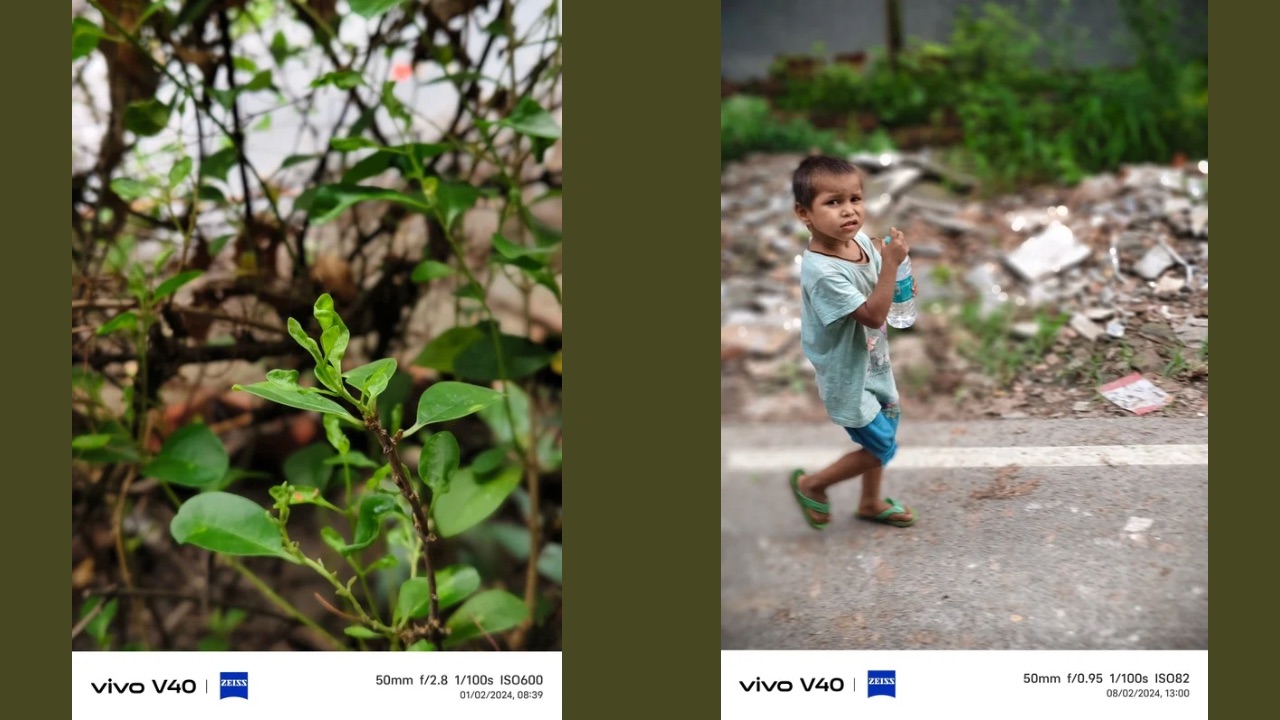
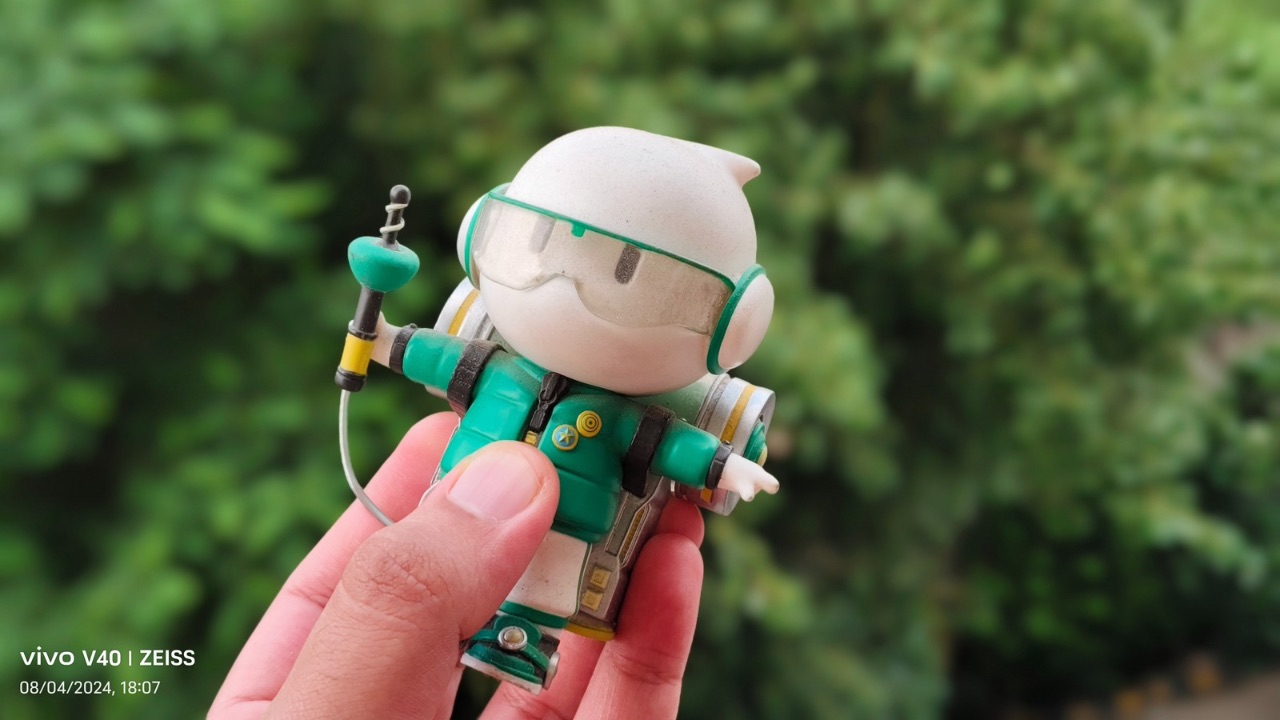
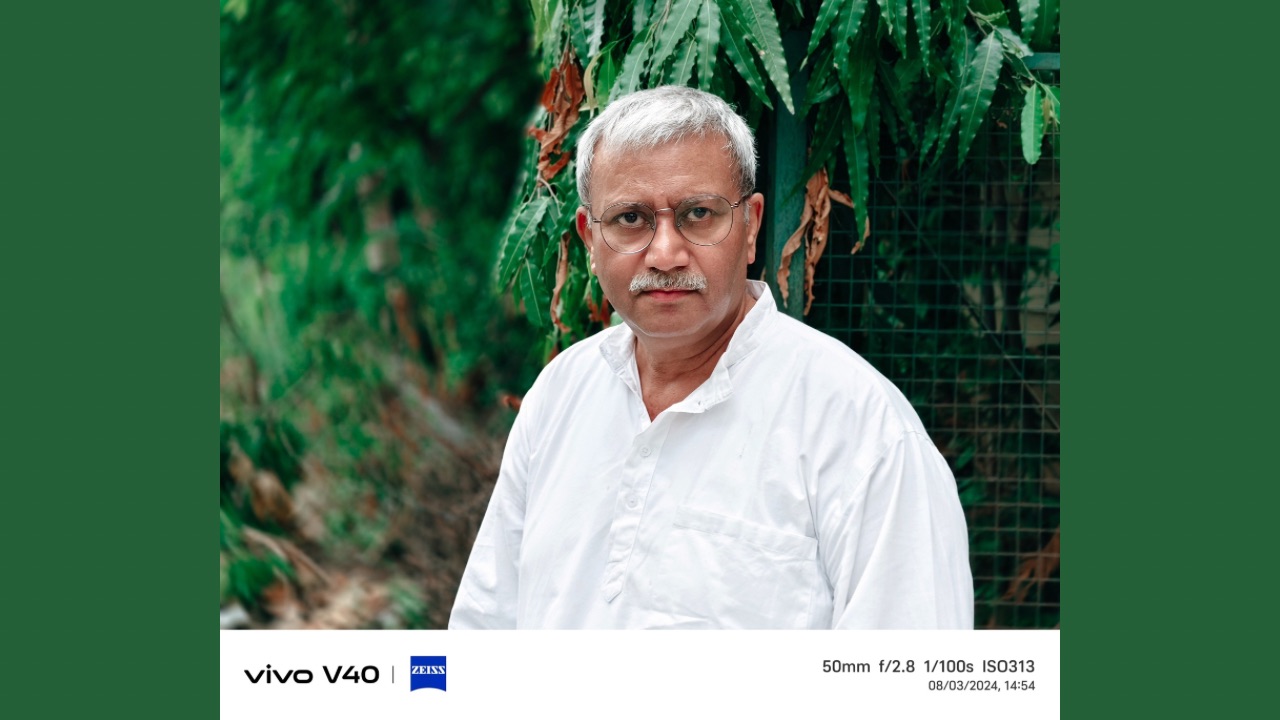
Portrait shots from the Vivo V40 turn out to be excellent. These shots pack a punch when it comes to colours and according to the environment and overall mood of the shot, you can change the style. We can assure you that in each style, you’d get a unique shot that’s not only filled with details, but also gets vivid colours. The bokeh effect in each style looks good, and also feels natural with average EDGE detection around a human subject, but accurate edge detection around an object.
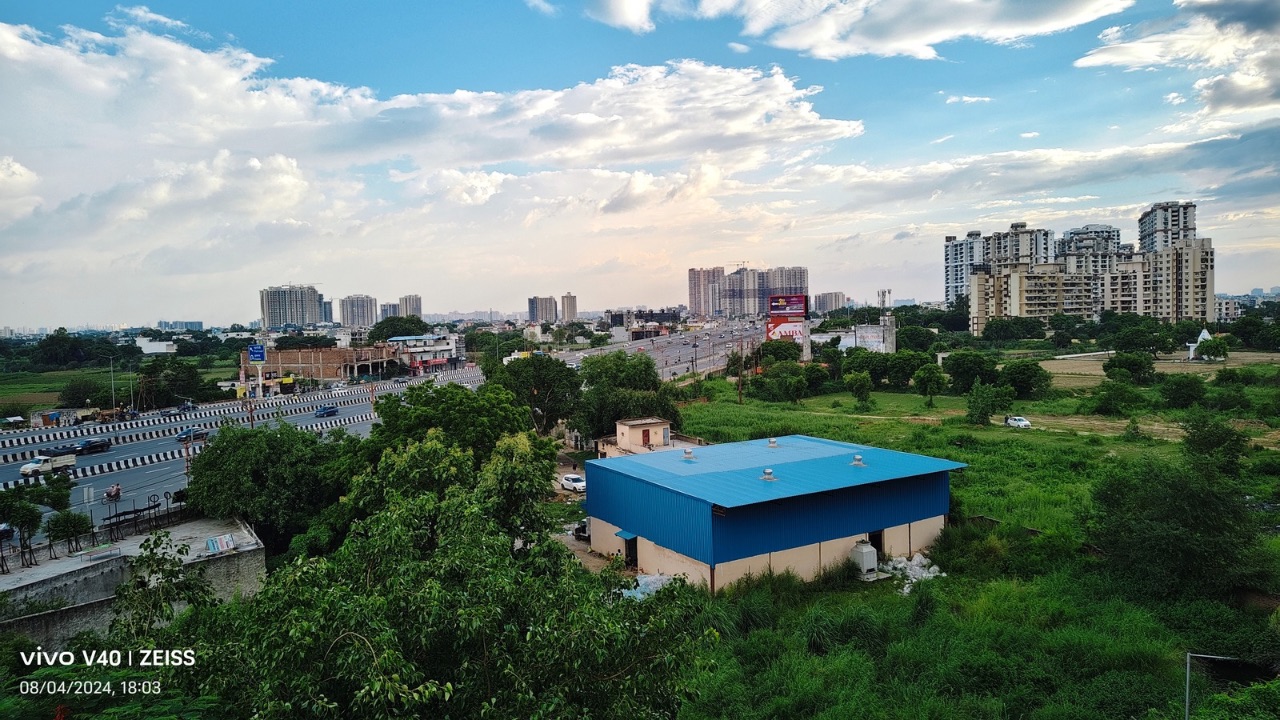
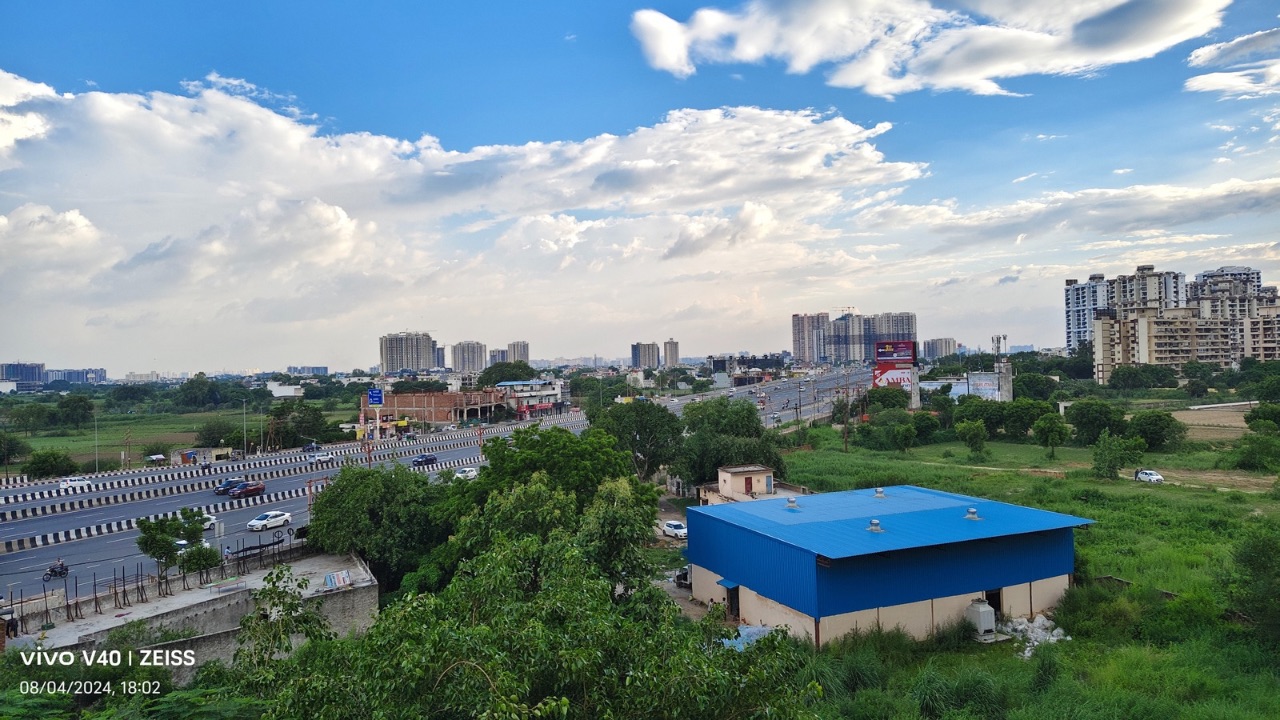
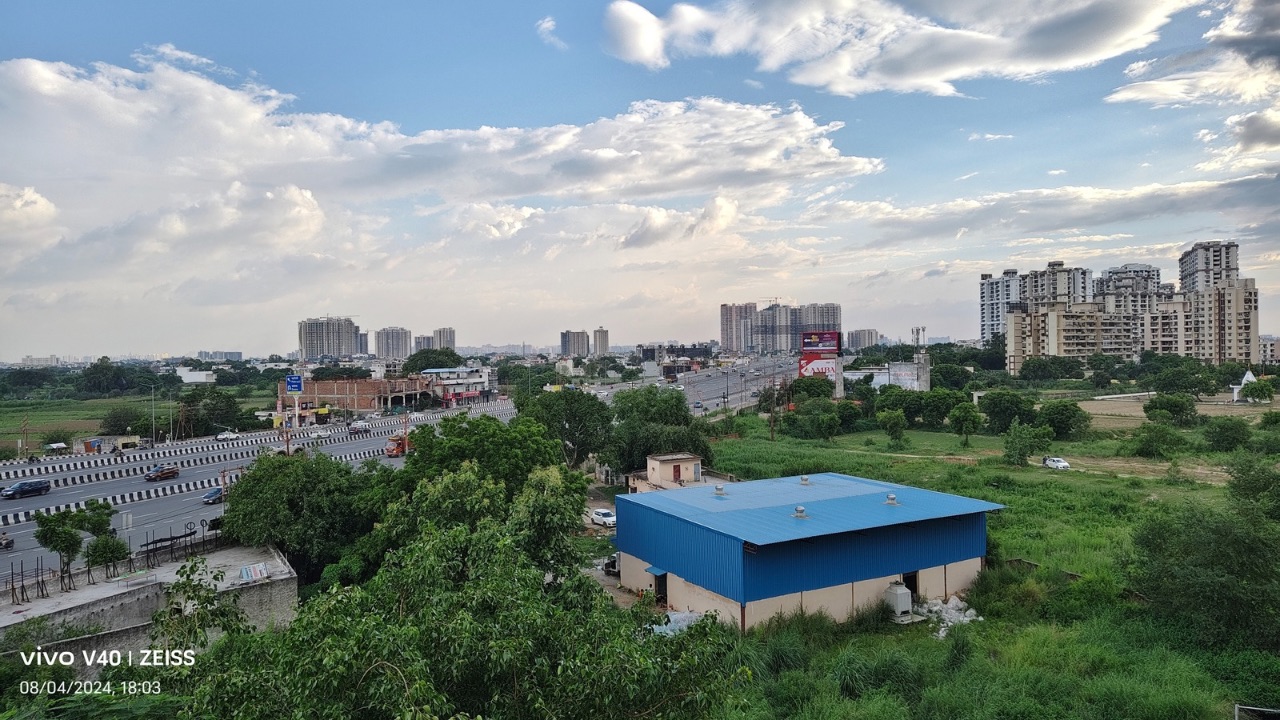
In regular photos, you can choose from Vivid, textured, and Zeiss-tuned natural mode. Again, the Vivid one has enhanced colours while the textured one boosts them further. The Zeiss-tuned natural mode captures colours as they look in real life. All these have different attributes, and each one of them can be used for various purposes. While we liked the Vivid one best, all three modes capture amazing photos. These shots not only have plenty of details but also show how well the dynamic range is handled by the device. The Vivo V40 left no stone unturned in giving a great shot and it very well succeeded every time. The focusing speed is high and the shutter lag is also well contained.
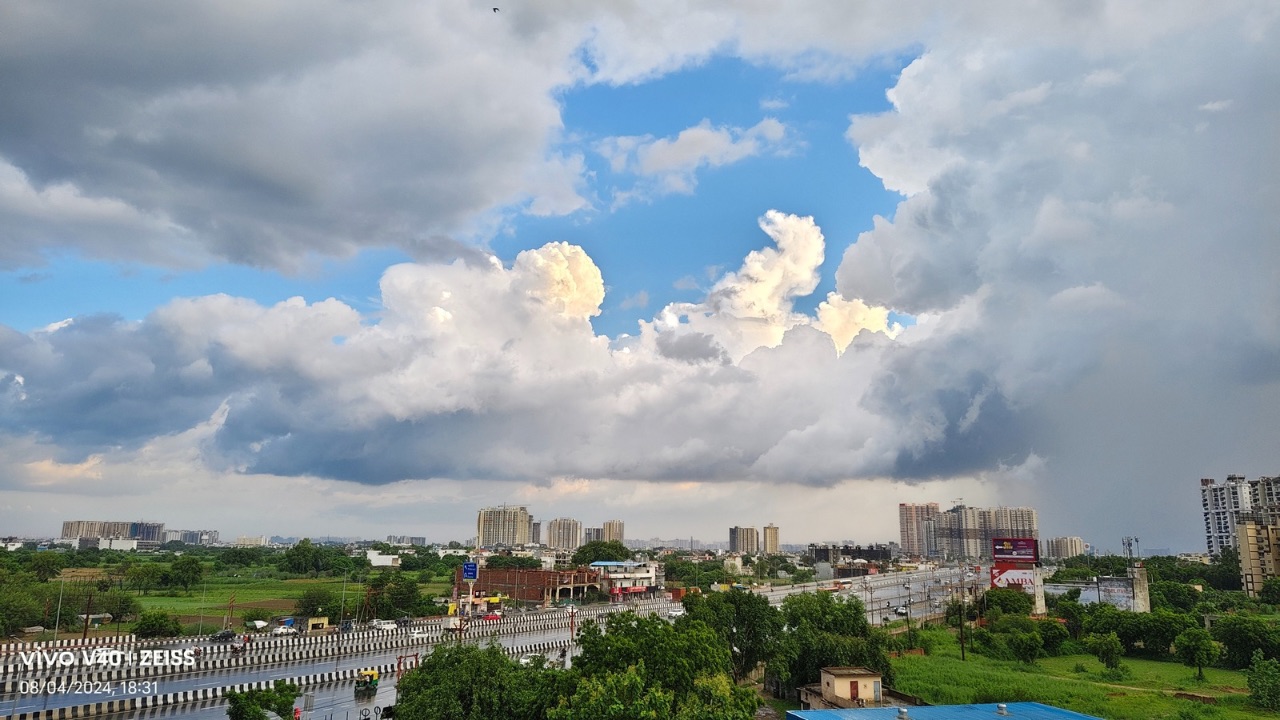


As you begin zooming in, starting from 2x crop, the details begin to shatter, unfortunately. While 2x photos are still acceptable, 5x zoomed photos look like they are painted and shots zoomed in at 20x, which is the maximum you can zoom, are worse.

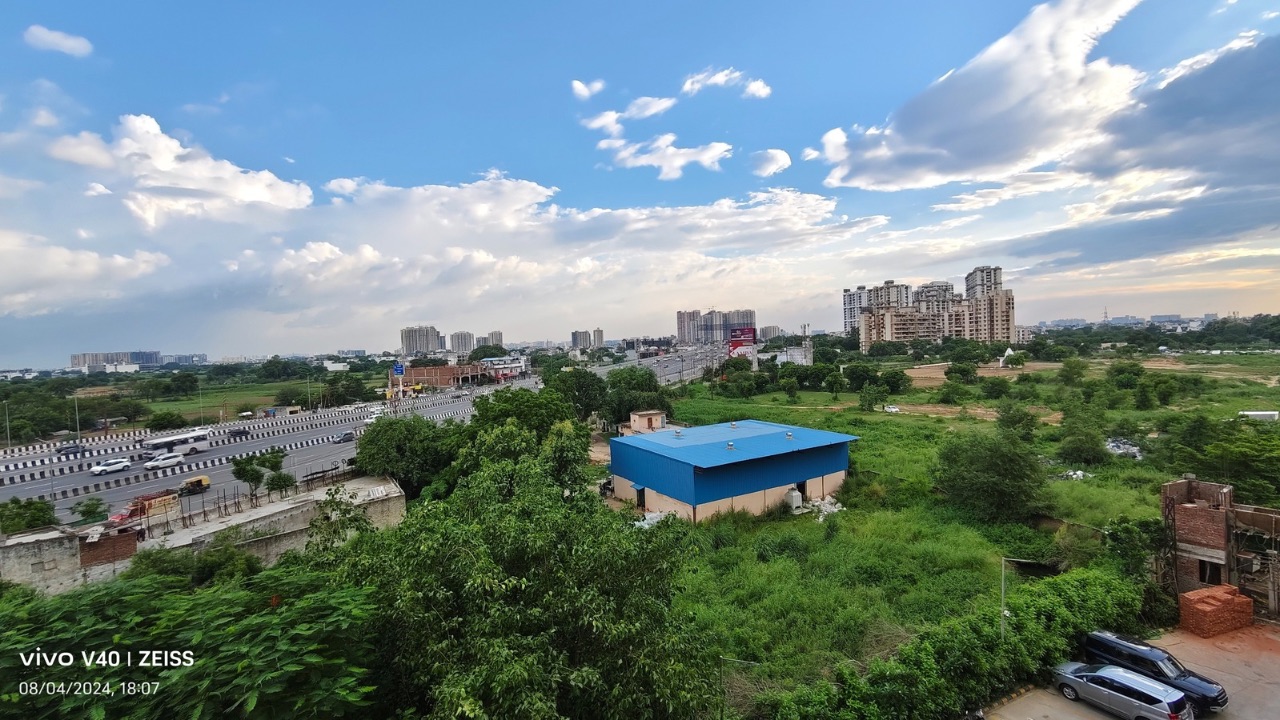
The ultra-wide angle shots from the dedicated sensor won’t disappoint you either. These shots maintain the colour profile seen in regular photos, while being sharp and vivid. However, even though I had enabled the ultra-wide angle correction option in the camera settings, there was still a good amount of distortion at the edges in such photos (can be observed in the shot above). I feel this aspect in particular could have been handled better.
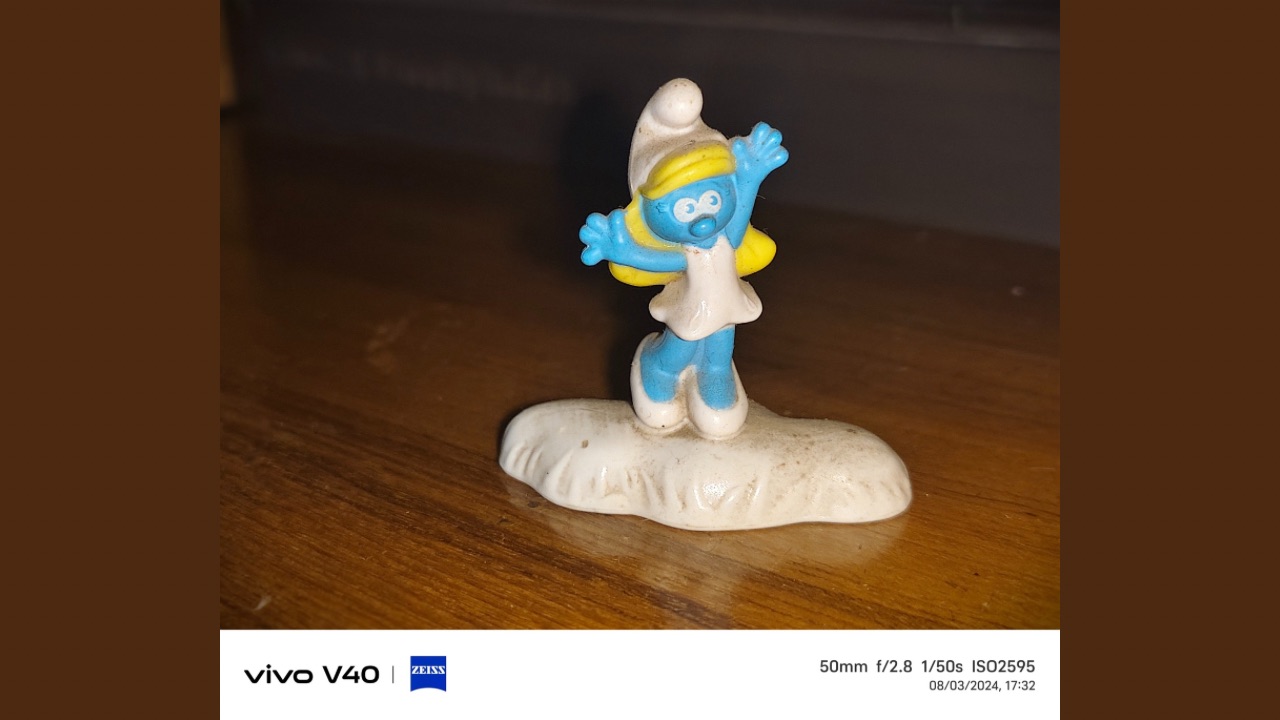
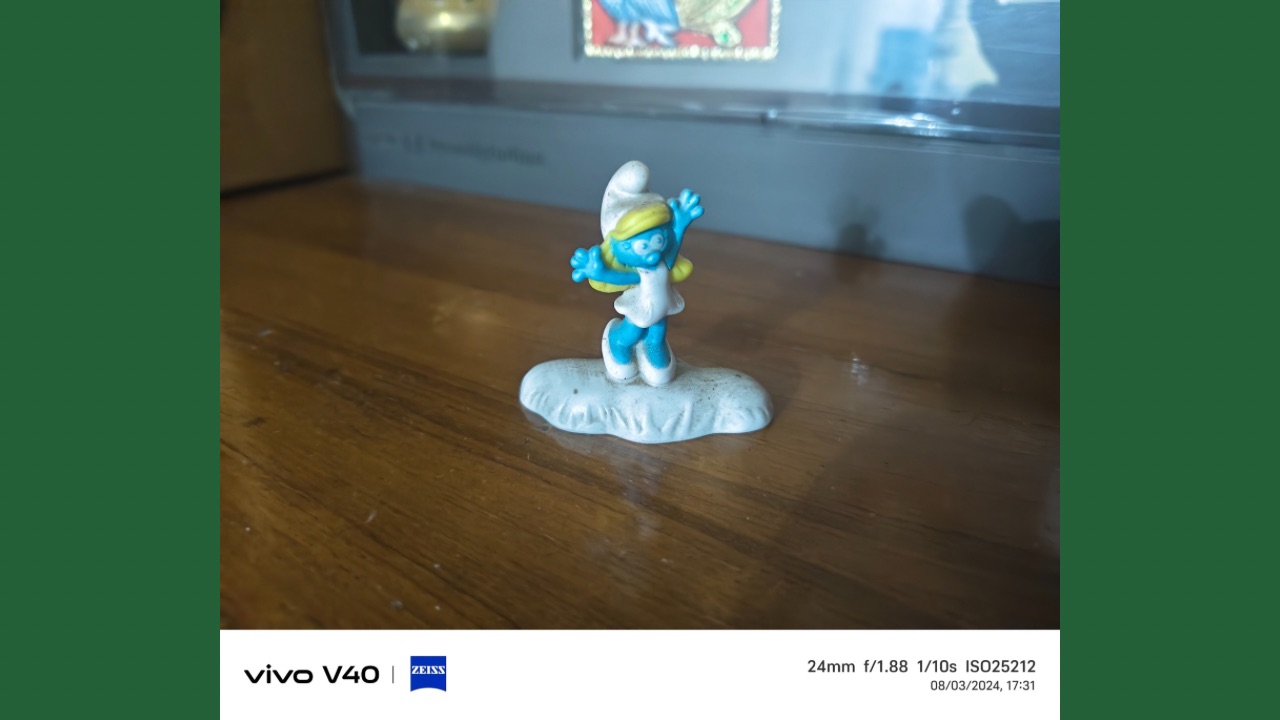
In low-light conditions, the Vivo V40’s aura light illuminates the subject, enabling the camera to capture even the smallest details. Even the colours are picked up well by the sensor in such conditions. Even without the aura light, there’s not a lot of loss in details, but the colours begin to fade slightly.

For selfies, the sensor picks up accurate skin tones paired with vivid colours and a high amount of detailing. Same as the rear sensor, you can apply different types of bokeh effects in portrait selfies too. However, the edge detection can be messy at times. Despite that, the Vivo V40 will easily take selfies worth sharing on social media.
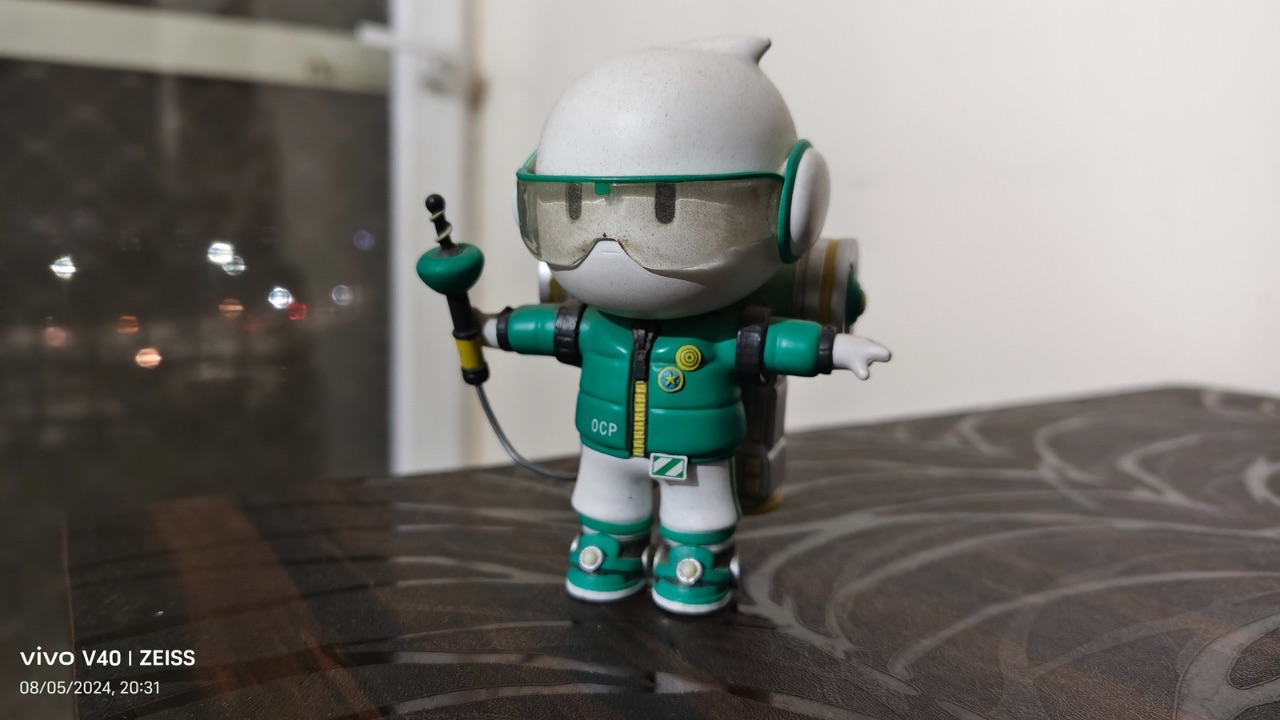
Shots clicked under artificial lighting also exhibit positive traits. There’s no noise in the shots while colours impressively maintained. The smallest details and elements in the photo are visible when you zoom into the photo after it’s clicked.
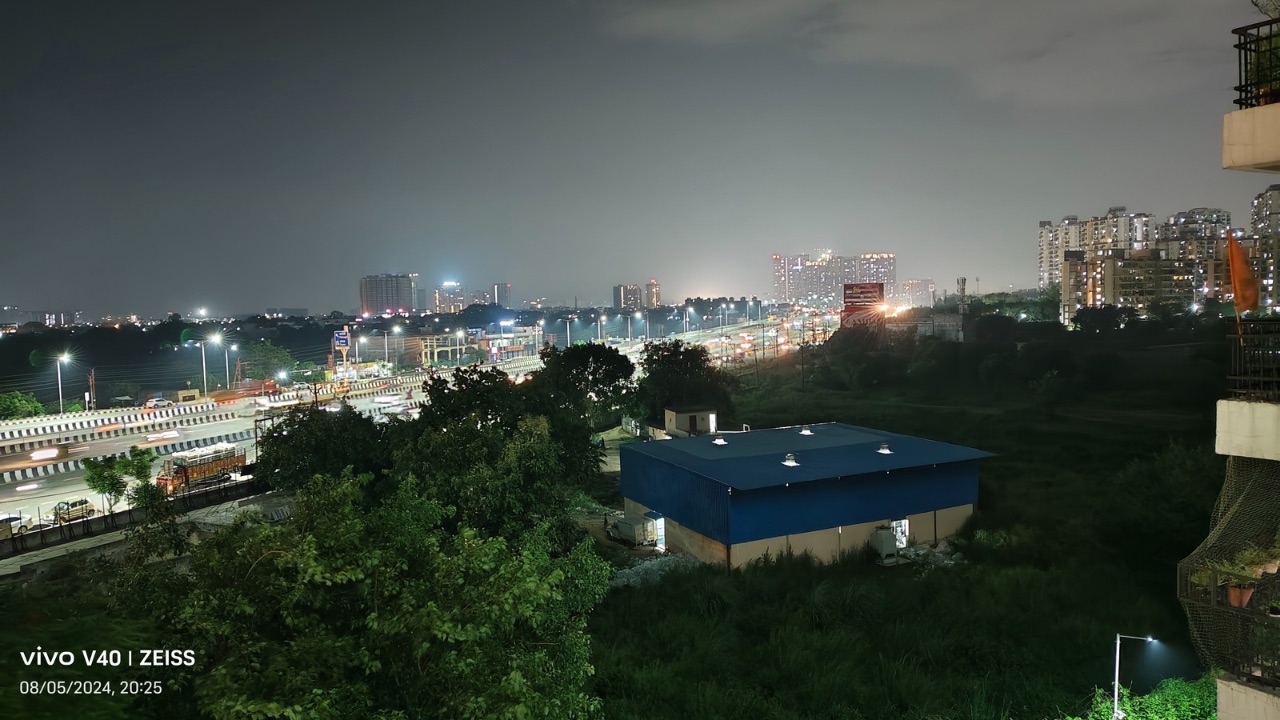
The Vivo V40 once again beautifully captures night shots. The device cranks up the exposure to just the right amount so everything’s visible in the shot, even when it’s pitch black. The details are retained without any issues, and there’s no noise in the photos either.
To sum up, it’s difficult to find a flaw with Vivo V40 5G cameras. Except for zoomed-in shots that lack clarity, which is reasonable as the device doesn’t have a dedicated telephoto sensor, the Vivo V40 5G clicks excellent shots in most of the lighting conditions. Even though the Vivo V40 5G is a mid-ranger, its camera sensors perform like that of a flagship. For further information about the Vivo V40, read our detailed review of the device, covering its display, design, performance, and other features related to the handset.


